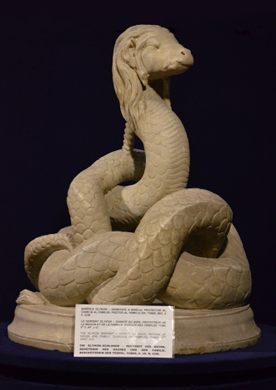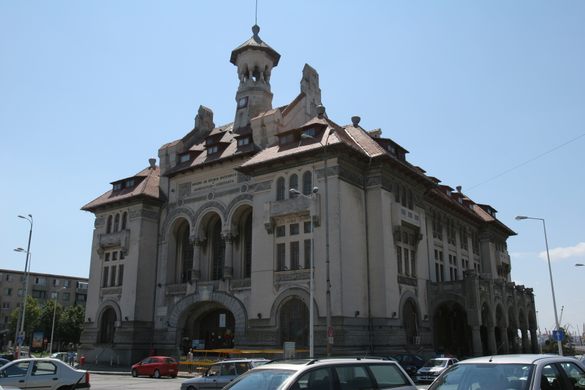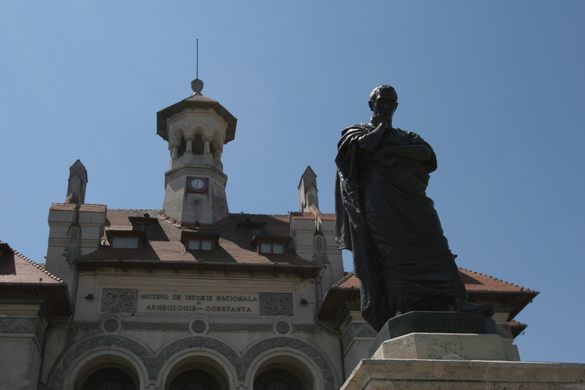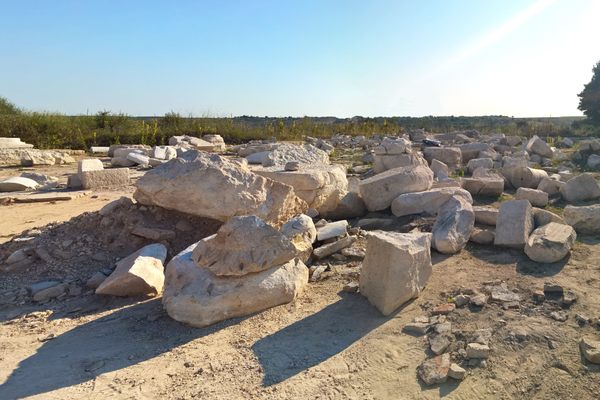AO Edited
Glykon
An ancient Roman snake god, carved expertly into stone.
In a gallery room of the National History and Archaeology Museum in Constanța, Romania, lives a very old snake. This is the Glykon, an ancient serpent god with a lamb’s snout, human hair, lion’s tail, and snake’s body, all carved out of marble. The Glykon was a protective deity of family and home, and also considered a god of fertility. He was worshiped throughout the Roman Empire’s provinces, particularly near the Black Sea.
One of the most striking aspects of this particular sculpture is the artistry that created it. Experts estimate that if they could untangle its body, the Glykon would measure over 16 feet in length. They also believe that it was likely carved in a workshop of one of the area’s larger cities, then brought to Tomis—the Roman name for what is now Constanta—after its completion. The sculpture was discovered in Constanța in 1962, having likely been buried with other pagan objects to protect them from the attention of Christians during the Roman Empire.
Today, the Glykon stands as one of many fascinating artifacts in this Black Sea port, Romania’s oldest continuously inhabited city. The museum is the country’s second-largest, with hundreds of thousands of objects dating back to the Paleolithic period.
Know Before You Go
The museum is open Wednesday through Sunday, 10 a.m. - 5 p.m. local time.
The statue of Glykon is on loan to a special exhibit on Dacia at the Baths of Diocletian in Rome, Italy, until April 21, 2024, so you won't find it in Constanța until sometime thereafter.
Community Contributors
Added by
Edited by
Plan Your Trip
The Atlas Obscura Podcast is Back!






















Follow us on Twitter to get the latest on the world's hidden wonders.
Like us on Facebook to get the latest on the world's hidden wonders.
Follow us on Twitter Like us on Facebook